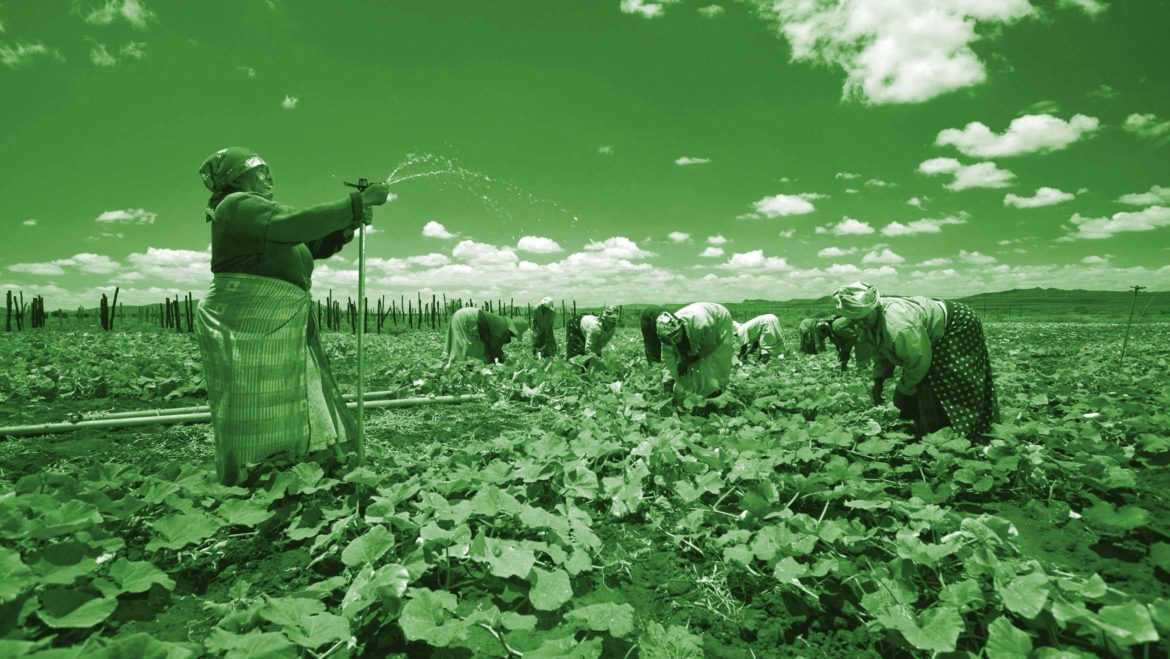
Tool 11 – Social Baseline Study
A baseline survey is a large undertaking and often requires a sizeable team of surveyors; therefore this work is often outsourced to independent parties. A baseline study should commence at the start of a project and its aim is to provide a greater understanding of local communities, including their social and economic environments. A baseline study will flag concerns regarding a project and also show the potential positive and negative impacts that a project can create.
A social baseline study helps prevent many issues including: underestimating project risks, impacts to communities and failure to contribute to social and economic development.
STEP
1
Create social profile – engage researchers to locate available data in co-operation with local officials and community leaders
STEP
2
Acquire further information – primary data is likely to expand as a project develops. Large projects may conduct a social baseline as part of their exploration activities and again when the project reaches feasibility
STEP
3
Design a quantitative and qualitative survey utilising experienced social scientists and local tertiary institutes or research organisations
STEP
4
Profile the community ensuring coverage of vulnerable groups and minorities. Be sure to incorporate stakeholder feedback
STEP
5
Use the completed social and economic baseline study for conducting a Social Impact and Opportunities Assessment (p133) and for monitoring and evaluation (p191) activities
STEP
6
Share study with stakeholders
Factors a baseline study investigates
The investigation (p127) shows:
- demographic factors
- socio-economic factors
- social organisation
- economic organisation
- socio-political context
- historical context
- needs and values
- human rights context
- health context
- institutions
Community, Economics, Environment, Ethical Business, Management, Rehabilitation
Example of a social baseline study table of contents
This particular baseline study is a far larger undertaking than would be attempted by many mining projects, but indicates the wide range of information that can be included.
Sources:
Centre for Social Responsibility in Mining, Leading Practice Strategies for Addressing the
Social Impacts of Resource Developments, University of Queensland, 2009.
IFC, Good Practice Note: Addressing the Social Dimensions of Private Sector Projects, Washington DC, 2003.
World Bank, Social Analysis Sourcebook: Incorporating Social Dimensions into Bank-
Supported Projects, Washington DC, 2003, Chapter 4: Social assessment, and
Chapter 5: The way forward, section on Good practice in social analysis.
Example of gender sensitive baseline.

